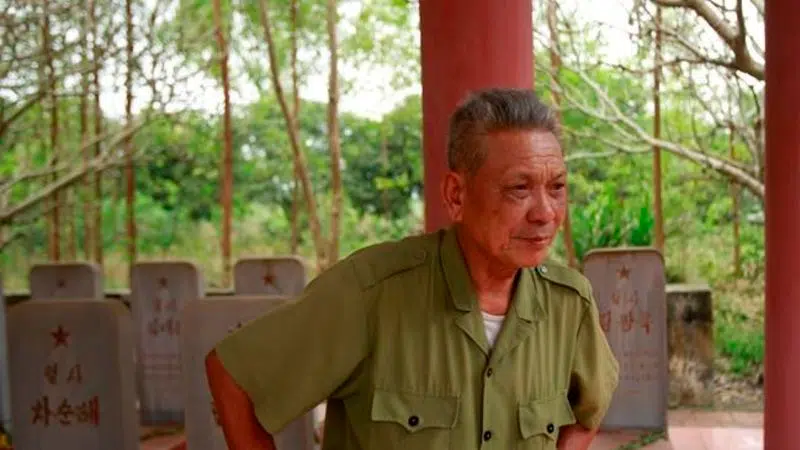
Memorial speaks to North Korea’s ties to summit host Vietnam
BAC GIANG, Vietnam — In a rice field in northern Vietnam, 14 headstones are an enduring symbol of the wartime friendship of Vietnam and North Korea. They mark the original burial ground of North Korean pilots who died while secretly fighting alongside Vietnamese comrades against U.S. Air Force and Navy planes during the Vietnam War.
The role of North Korea is a footnote in the sweeping history of that conflict, one that speaks mostly of the fraternal relations of two nations that separately fought bruising armed conflicts against the United States in the context of the Cold War. Decades later, the communist nations’ friendship is apparent as Vietnam gets ready to host the second summit between President Donald Trump and North Korean leader Kim Jong Un next week.
“When they died, Vietnamese people treated them the same as Vietnamese martyrs who sacrificed for the country,” Duong Van Dau, the caretaker of the memorial, said last week. On the high ground where the fallen pilots were interred, their tombs all face northeast, toward their homeland.


